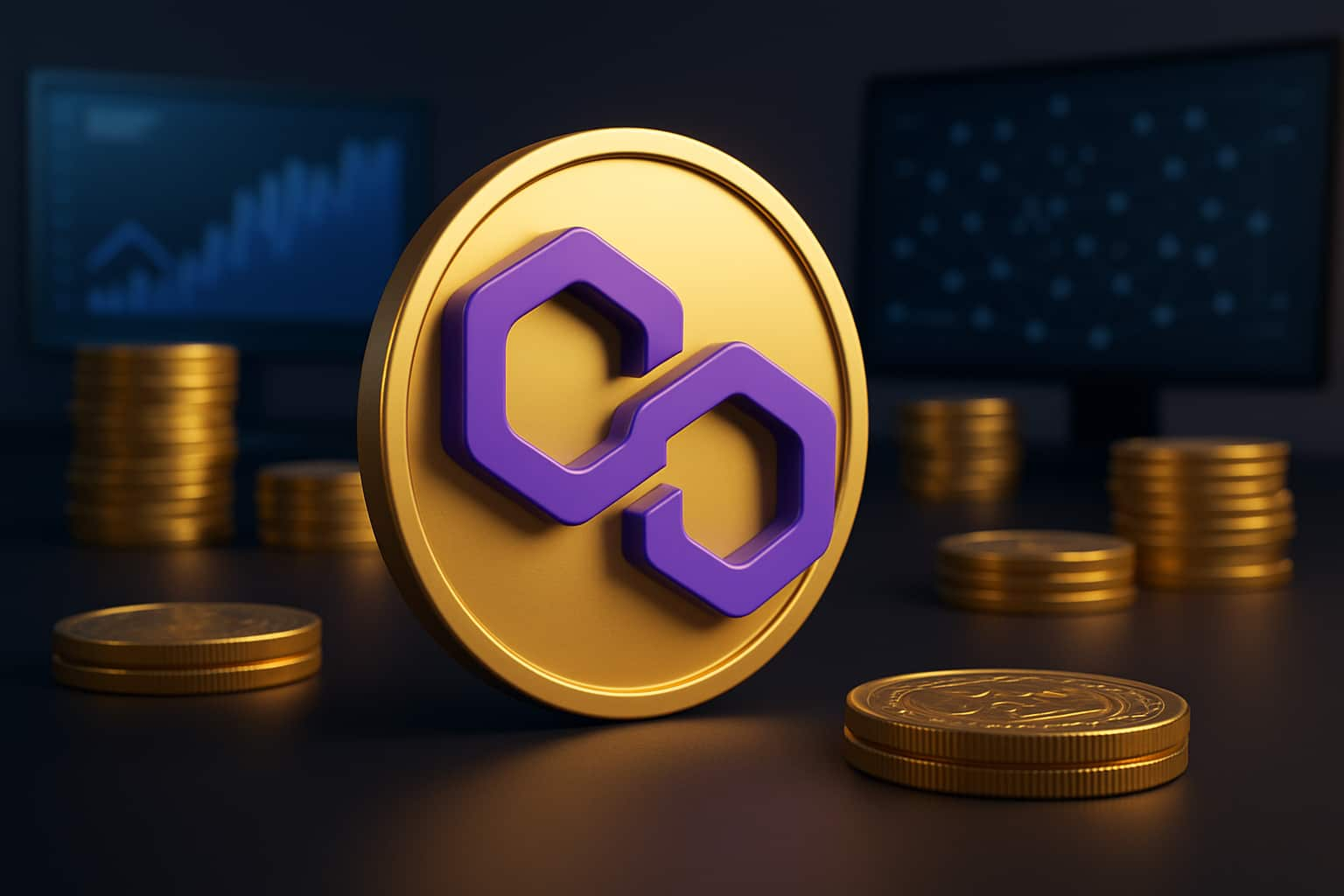-
The ascent of cryptocurrencies has transformed our perception and utilization of money. Among the numerous innovations in this domain, crypto tokens, developed using crypto token development services, have emerged as potent instruments for fundraising, incentivizing actions, and enabling decentralized applications (dApps).
This guide will thoroughly explore the realm of crypto token development, delving into its significance, varieties, developmental procedures, and prospects.
Understanding Crypto Tokens
Before embarking on the developmental journey, it's crucial to grasp the essence of crypto tokens and their role within the blockchain ecosystem.
Essentially, a crypto token is a digital asset issued on a blockchain, typically representing a unit of value or utility within a decentralized application.
Unlike standalone cryptocurrencies such as Bitcoin or Ethereum, which operate on their proprietary blockchains, tokens are constructed on existing blockchain platforms, leveraging their infrastructure for functionality and security.
You may also like | Equity Token Offerings: Modernizing Investment
Types of Crypto Tokens
Crypto tokens serve diverse purposes and are categorized into various types based on their functionalities and applications:
Utility Tokens
These tokens grant access to products or services within a blockchain ecosystem. They are chiefly utilized for crowdfunding via Initial Coin Offerings (ICOs) or Initial Exchange Offerings (IEOs) and often possess utility within specific dApps.
Security Tokens
Security tokens signify ownership of an underlying asset, such as shares in a company, real estate, or commodities. They are subject to regulatory compliance and typically adhere to securities laws.
Governance Tokens
Governance tokens empower token holders to participate in decision-making processes within decentralized organizations or protocols. Holders can vote on proposals or delegate voting rights to others.
Payment Tokens
These tokens serve as mediums of exchange within particular ecosystems, facilitating transactions between users or entities. Examples include stablecoins, which are pegged to fiat currencies to mitigate price volatility.
Non-Fungible Tokens (NFTs)
NFTs are unique digital assets representing ownership of specific items or content pieces. They are commonly used for digital art, collectibles, gaming assets, and more, with each token being distinct and indivisible.
Also, Check | Understanding ERC-404 | The Unofficial Token Standard
Development Process of a Crypto Token
Crypto token development entails several sequential steps, from conceptualization to deployment. Here's a breakdown of the typical development process:
Define Objectives and Use Case
Precisely delineate the token's purpose and its intended use within the ecosystem. Determine whether it will function as a utility token for accessing a dApp, a security token representing ownership, or fulfill another role entirely.
Choose a Blockchain Platform
Select a suitable blockchain platform aligning with the project's requirements. Ethereum stands out as a popular choice for token development due to its robust smart contract functionality and widespread adoption. Other platforms like Binance Smart Chain, Polkadot, and Solana also offer token-creation capabilities.
Design Token Economics
Formulate the tokenomics, encompassing the token supply, distribution mechanism, issuance schedule, and any incentives or rewards for token holders. Ensure that the economic model aligns with the project's objectives and fosters sustainability and growth.
Develop Smart Contracts
Draft smart contracts to delineate the token's behavior, including token creation, transfer, and burning rules. Utilize programming languages like Solidity (for Ethereum) or Vyper to securely and efficiently implement the logic.
Conduct Security Audits
Thoroughly scrutinize smart contracts to identify and mitigate potential security vulnerabilities such as reentrancy bugs, overflow errors, and logic flaws. Engage reputable auditing firms or security experts to ensure the code's robustness.
Deploy on Testnet
Deploy the smart contracts on a testnet to simulate real-world interactions and validate their functionality. Conduct comprehensive testing, including unit tests, integration tests, and user acceptance testing, to identify and rectify any issues.
Launch Mainnet and Distribution
Upon thorough testing and auditing, deploy the smart contracts on the mainnet and commence the token distribution process as per the predefined tokenomics. Ensure comprehensive documentation and communication with token holders and stakeholders.
Post-Launch Support and Maintenance
Provide ongoing support and maintenance for the token ecosystem, including monitoring for security threats, implementing upgrades or enhancements, and engaging with the community to address concerns or feedback.
Also, Read | How the DRC-20 Token Standard is Changing Dogecoin's Future
Future Prospects of Crypto Token Development
The future of crypto tokens holds immense potential for innovation and disruption across various industries. Several key trends and developments to monitor include:
Interoperability
As blockchain ecosystems evolve, interoperability between different platforms and tokens will become increasingly crucial. Projects like Polkadot, Cosmos, and blockchain bridges aim to facilitate seamless communication and value transfer.
Asset Tokenization
The tokenization of real-world assets, such as real estate, art, and securities, will unlock liquidity and accessibility for traditionally illiquid assets. Security tokens will play a pivotal role in enabling fractional ownership and efficient trading of these assets.
DeFi and DAOs
Decentralized Finance (DeFi) protocols and Decentralized Autonomous Organizations (DAOs) will drive innovation in governance, lending, trading, and other financial services. Governance tokens will empower communities to govern and shape the future of these protocols.
NFTs and Digital Collectibles
Non-fungible tokens (NFTs) will continue to gain traction, fueling the growth of digital art, collectibles, gaming assets, and more. Enhanced interoperability and standards will enable seamless transfer and interoperability of NFTs across different platforms and ecosystems.
Also, Check | A Detailed Guide to BRC-20 Token Launchpad Development
Conclusion
Crypto tokens development presents potent tools for fundraising, incentivization, and value creation within blockchain ecosystems. By comprehending the various types of tokens, their development process, and prospects, entrepreneurs, developers, and investors can leverage the full potential of this transformative technology.
Whether launching a utility token for a decentralized application or exploring the tokenization of real-world assets, crypto token development offers boundless opportunities for innovation and disruption in the digital economy. Connect with our crypto developers to develop your crypto token.
Also, read | How to Create a Token Swap dApp

Our Offices
INDIA
Emaar Digital Greens, Sector 61,
Gurugram, Haryana
122011.
Welldone Tech Park,
Sector 48, Sohna road,
Gurugram, Haryana
122018.















